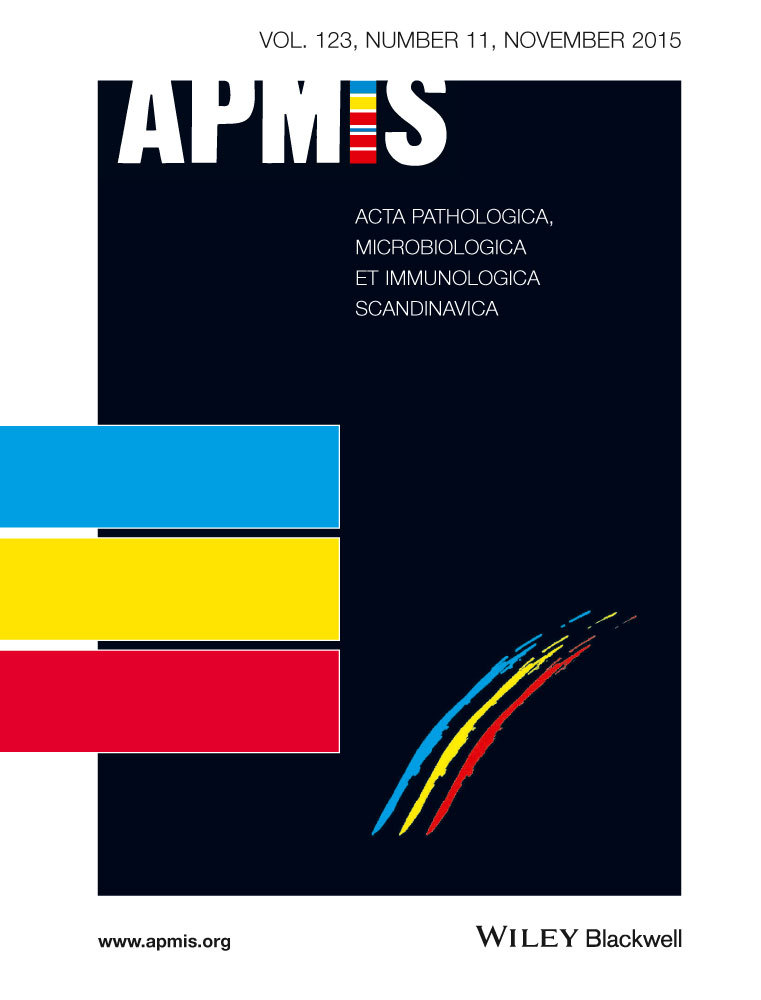Evaluation of polymyxin susceptibility profile among KPC-producing Klebsiella pneumoniae using Etest and MicroScan WalkAway automated system
Abstract
Determination of polymyxin susceptibility profile is important to monitor resistance rates and for implementing control measures for polymyxin-resistant carbapenem-resistant Enterobacteriaceae. Some laboratorial methods have been used to determine the polymyxin susceptibility profile. However, the performance of MicroScan WalkAway has been poorly reported for KPC-producing Klebsiella pneumoniae, so far. To evaluate two different methods, Etest and the MicroScan automated system, in determining minimal inhibitory concentration (MIC) of polymyxin among KPC-producing K. pneumoniae isolated from patients in two care units (ICUs) of a tertiary hospital in Porto Alegre, Southern Brazil. A total of 101 KPC-Kb isolates were obtained from rectal swabs and clinical specimens (urine, blood, and endotracheal aspirate). Colistin and polymyxin B MICs were determined using MicroScan WalkAway automated system and Etest, respectively. Discrepant results were resolved by broth microdilution (BMD). MicroScan showed 88.1% of sensitivity for predicting polymyxin B resistance in KPC-producing K. pneumoniae compared to the results obtained by Etest. All discrepant results were tested by BMD and these were concordant with results obtained by Etest. The MicroScan automated system does not seem to be very efficient for the screening of polymyxin-resistant isolates once an inappropriate sensitivity is achieved. The results presented here show the need for confirmation of the susceptibility profile by use of a dilution method (Etest or BMD).




